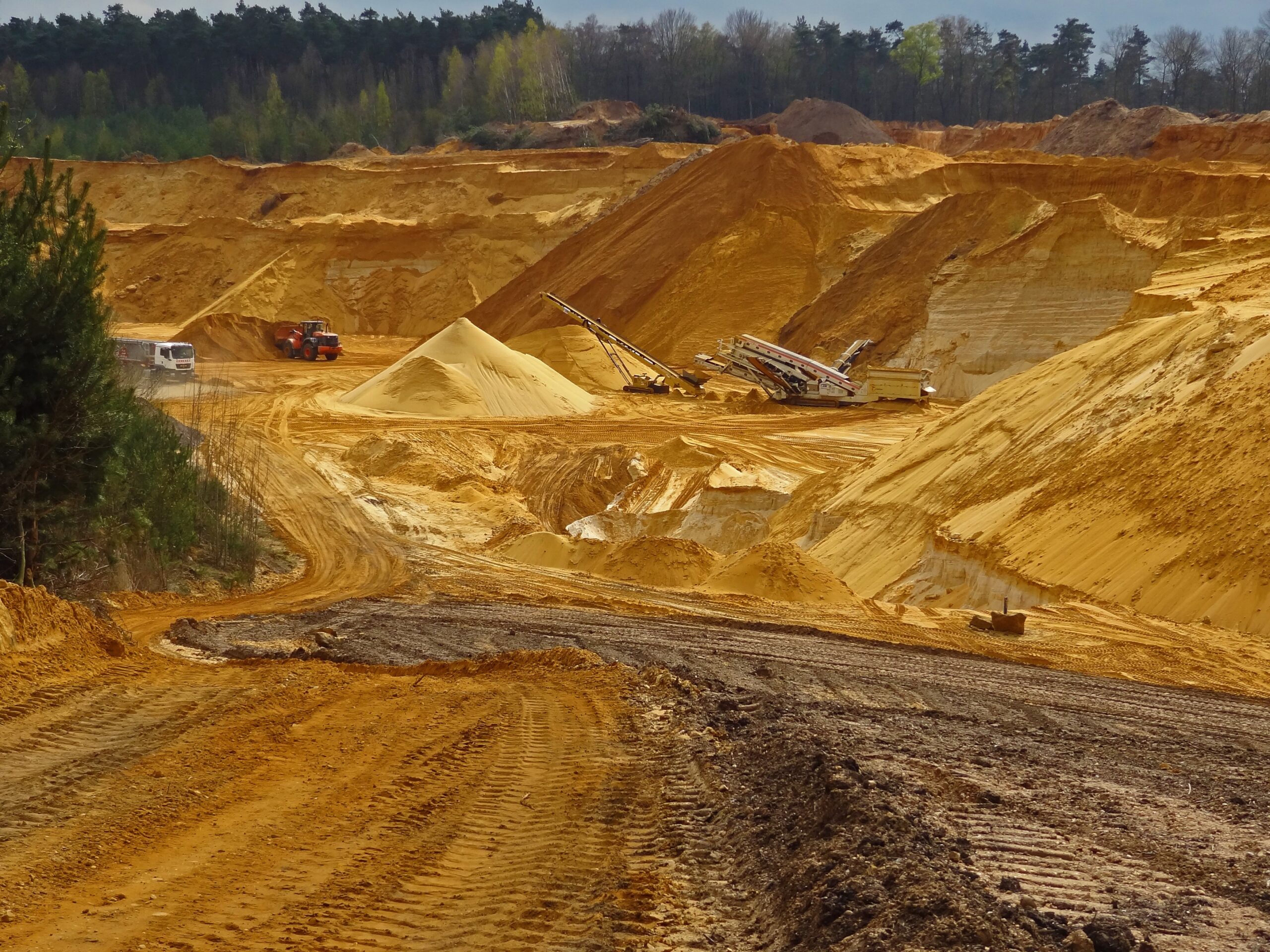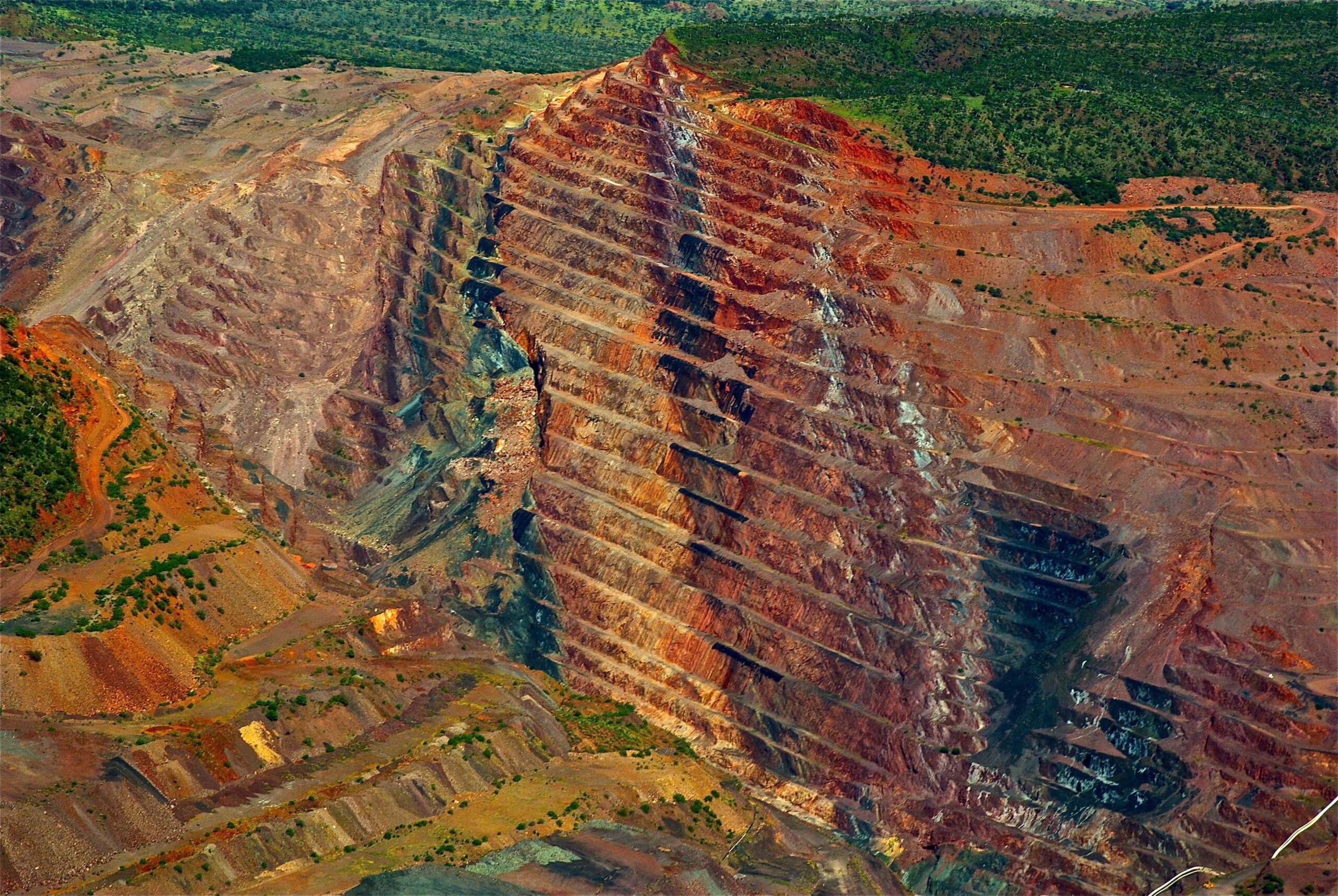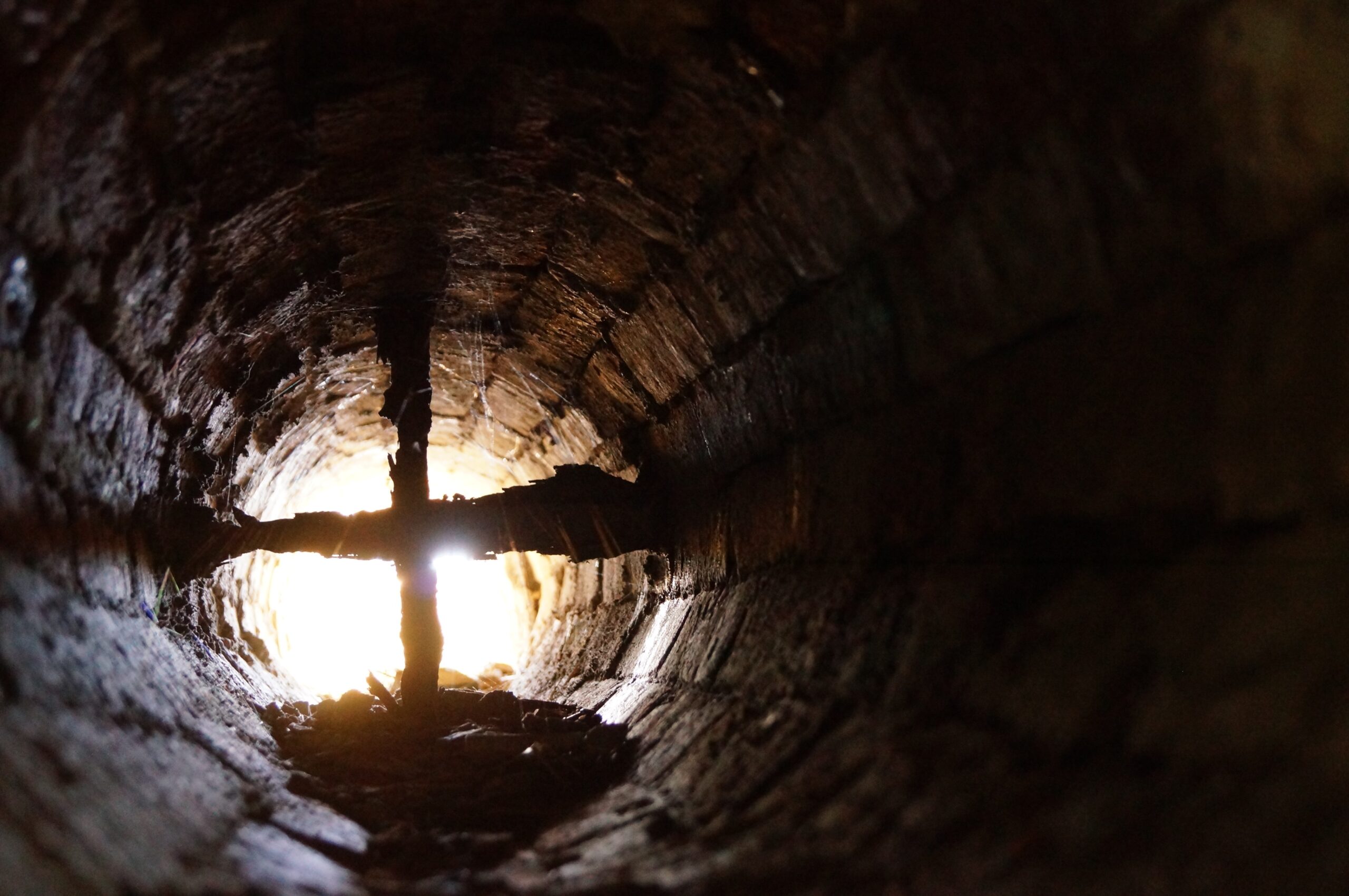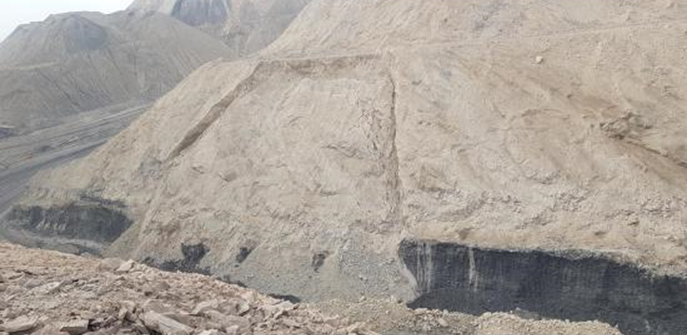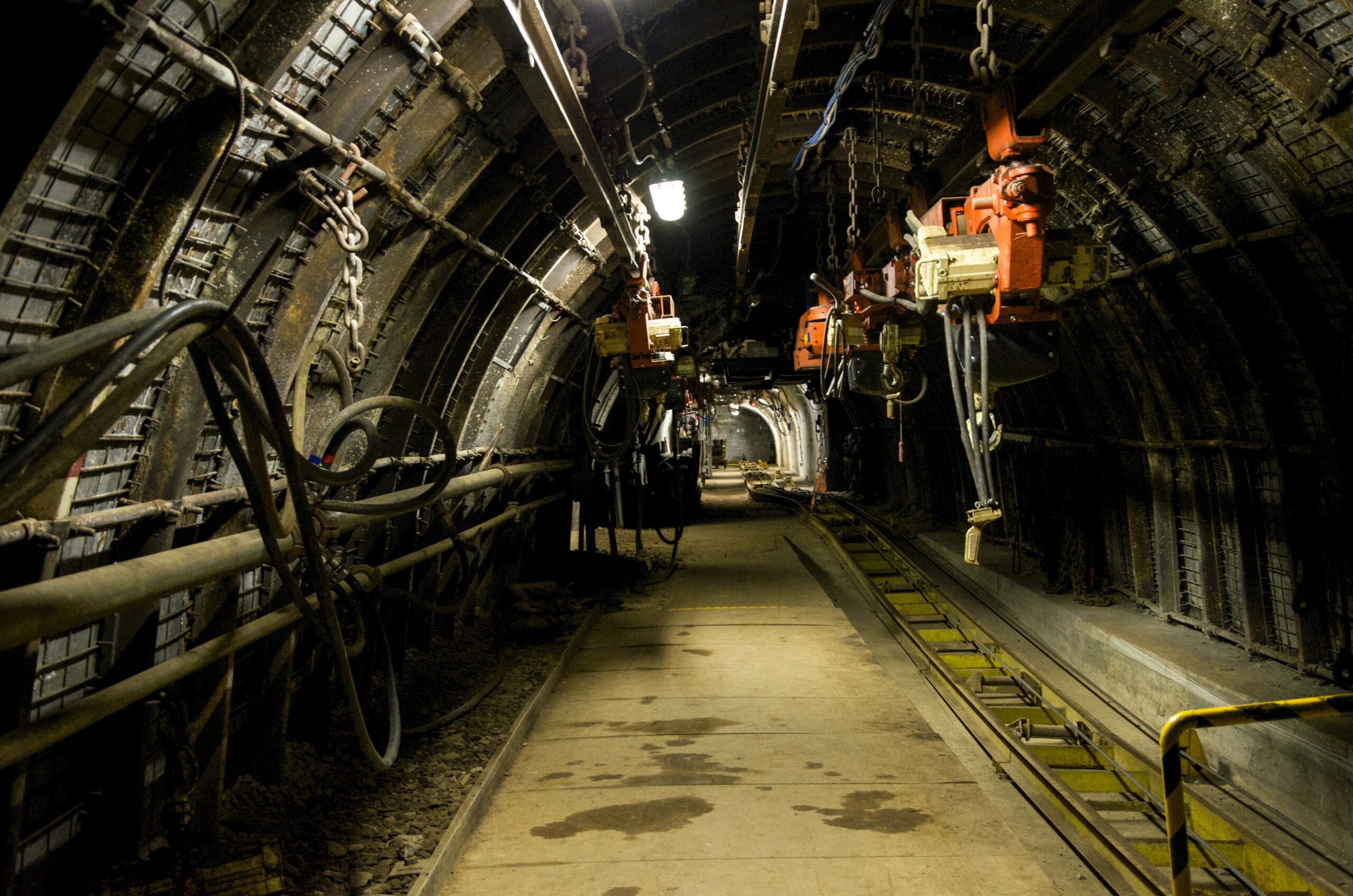
The Importance of Numerical Modelling Fundamentals for Mining: A Comprehensive Guide
As a mining professional, I have seen firsthand how important numerical modelling is for the industry. With the rise of technology, more and more mining companies are turning to numerical modelling to optimize their operations and increase efficiency.
In this comprehensive guide, I will cover the key concepts and terminology in numerical modelling, its applications in mining, the advantages it provides, and the best practices for using it.
Additionally, I will discuss the challenges that come with numerical modelling and how to overcome them, as well as provide real-world case studies and training resources for those interested in learning more about this essential tool.
Key Concepts and Terminology in Numerical Modelling
Before diving into the applications and benefits of numerical modelling in mining, it’s essential to understand the key concepts and terminology used in this field.
Numerical modelling refers to the process of creating mathematical models. These mathematical models, typically use computer software to simulate real-world phenomena. In mining, this can include geological processes, equipment performance, stability analysis etc. And sometimes you will not believe it- it is used to determine the behavior of people in a mining setting.
One crucial aspect of numerical modeling is the use of algorithms to solve complex equations. These algorithms can be based on finite element analysis, finite difference analysis, or other mathematical techniques.
Another critical concept to understand is the importance of boundary conditions. Boundary conditions, define the limits of a system and can greatly impact the accuracy of a model’s results.
Applications of Numerical Modelling in Mining
Numerical modelling has numerous applications in the mining industry from exploration to production. One critical use is in geomechanics. In geomechanics, numerical models can be used to predict the behavior of rock masses and the stability of mine structures.
This can help mining companies optimize design and planning, reduce risk, and improve safety.
Another critical application is in equipment performance. Here models can simulate the behavior of machines and predict their performance under different operating conditions. This can help mining companies optimize equipment use, reduce downtime, and increase productivity. Additionally, numerical modelling can be used to simulate the flow of fluids also.
Till date the maximum usage we have done in the mining industry is on geomechanical processes, i.e. stability analysis. We prepare nos of models with geometry and geological properties of rock and the practical conditions of the surroundings of the mining operation. After that we simulate it to predict the behaviour of those models.
Best Practices for Numerical Modelling in Mining
To ensure the success of a numerical modelling project in mining, several best practices should be followed. One critical step is to define the objectives of the project clearly.
This can help ensure that the model is accurate and relevant to the mining operation’s needs. Additionally, the use of reliable data and appropriate boundary conditions can greatly impact the accuracy of the model’s results.
Another essential step is to validate the model’s results by comparing them to real-world data. This can help identify any errors or discrepancies and ensure that the model is accurate and reliable.
Additionally, it’s crucial to communicate the results of the modelling project effectively to stakeholders and implement any changes or improvements identified by the model.
Challenges of Numerical Modelling in Mining and How to Overcome Them
While numerical modelling provides significant benefits to the mining industry, it also comes with challenges.
One critical challenge is the need for accurate data, which can be difficult to obtain in mining operations.
Additionally, the complexity of the systems and processes involved in mining can make modelling challenging, and the accuracy of the model’s results can be impacted by factors such as variability in the rock mass.
To overcome these challenges, it’s essential to use reliable data and appropriate boundary conditions. Additionally, the use of sensitivity analysis can help identify the impact of variability on the model’s results and improve its accuracy.
Communication and collaboration between modelling experts and mining professionals can also help overcome these challenges by ensuring that the model is relevant to the mining operation’s needs.
You can go to this page understand the geotechnical simulation-https://waartsy.com/some-basics-differences-between-the-boundary-element-method-and-finite-element-method-of-numerical-simulation/
Case Studies: Real-World Examples of Numerical Modelling in the Mining Industry
Numerical modelling has been used successfully in numerous mining operations worldwide. One example is the use of numerical modelling to optimize the design and planning of underground mining operations.
By simulating the behavior of the rock mass and mine structures, mining companies can reduce risk and increase efficiency.
Another example is the use of numerical modelling to predict the performance of mining equipment. By simulating the behavior of machines under different operating conditions, mining companies can optimize equipment use and reduce downtime.
Additionally, numerical modelling has been used to simulate the flow of fluids in mining operations, reducing environmental impact and improving efficiency.
Training and Resources for Learning Numerical Modelling Fundamentals for Mining
For those interested in learning more about numerical modeling fundamentals for mining, several resources are available.
Many universities offer courses in numerical modeling, and there are also online courses and tutorials available. Additionally, software vendors often provide training and support for their products.
A lot of free courses are readily available from the global best universities like- MIT, Harvard etc. You can go this platform to take free courses. https://www.edx.org/course/modeling-and-simulation-of-multibody-systems-part-i?index=product&queryID=2937f853e30f06193670d51e210ee0be&position=2&search_index=product&results_level=first-level-results&term=numerical+modelling&campaign=Modeling+and+Simulation+of+Multibody+Systems+-+Part+I&source=edX&product_category=course&placement_url=https%3A%2F%2Fwww.edx.org%2Fsearch
Conclusion: The Future of Numerical Modelling in Mining
As technology continues to advance, numerical modeling will become even more critical in the mining industry.
By simulating complex systems and processes, mining companies can optimize their operations, reduce risk, and increase efficiency.
However, to ensure the success of a project, it’s essential to use reliable data, appropriate boundary conditions, and follow best practices.
With proper implementation and communication, numerical modeling can provide significant benefits to the mining industry and help ensure its sustainability for years to come.
![]()

